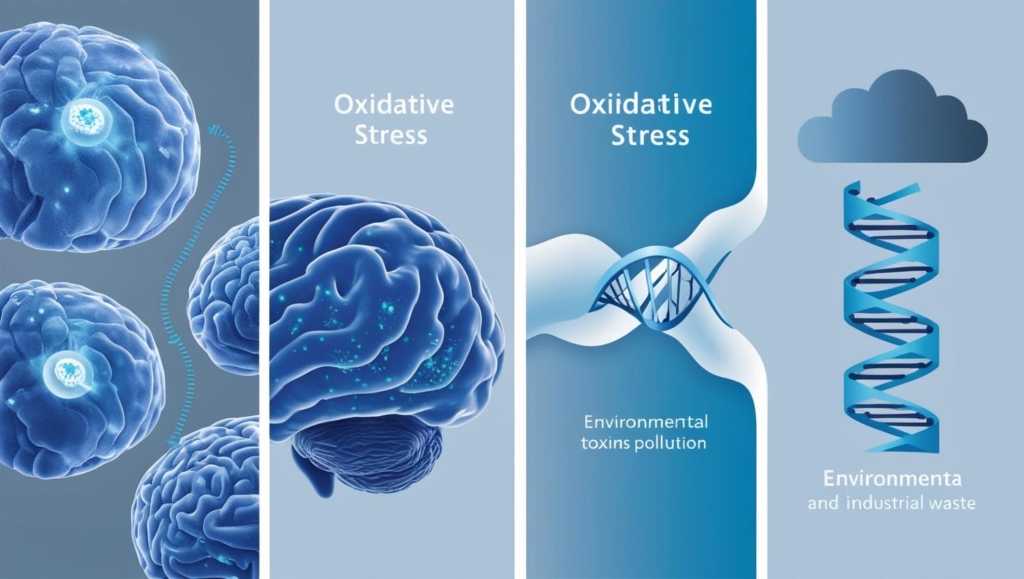Introduction: When the Body Whispers, But the Mind Shouts
Imagine being fully aware—your mind sharp and alive—but your body slowly losing its ability to respond. That’s the terrifying reality of ALS (Amyotrophic Lateral Sclerosis), often called Lou Gehrig’s disease. A rare neurological disorder, ALS is progressive, life-altering, and deeply misunderstood. But knowledge brings power, and today, more than ever, science and community are turning the tide of fear into hope.
In this guide, we’ll explore what ALS is, why it happens, signs to watch for, treatment options, and the growing strength of those who refuse to give up.
What Is ALS?

ALS is a neurodegenerative disease that affects nerve cells in the brain and spinal cord. It causes motor neurons, responsible for voluntary muscle movement, to deteriorate and die.
Eventually, people with ALS may lose the ability to speak, move, eat, and even breathe—while their minds remain fully aware.
Types of ALS
There are two primary types:
- Sporadic ALS – The most common (90–95% of cases), occurring randomly without a known cause.
- Familial ALS – Inherited through genetics, accounting for about 5–10% of cases.
Early Symptoms of ALS

Early detection is tricky because symptoms often mimic other conditions. Here’s what to watch for:
- Muscle twitches in the arm, leg, shoulder, or tongue
- Weakness in hands or legs
- Difficulty speaking or slurred speech
- Muscle cramps or tightness
- Trouble with balance or coordination
- Fatigue or unexplained weight loss
These signs are subtle but progressive. Over time, they worsen and spread to other parts of the body.
What Causes ALS?

Though the exact cause remains a mystery, scientists are investigating potential triggers, including:
- Genetic mutations (like the C9ORF72 gene in familial ALS)
- Environmental toxins (exposure to heavy metals or pesticides)
- Oxidative stress and inflammation
- Viral infections
- Military service, which has been linked to higher risk
ALS does not appear to be contagious or preventable in most cases, which makes early detection all the more critical.
Diagnosis: A Process of Elimination

There is no single test for ALS. Diagnosis often involves:
- EMG (Electromyography) – To assess muscle activity
- MRI scans – To rule out other neurological issues
- Blood and urine tests – To detect inflammation or infections
- Spinal tap (lumbar puncture) – For cerebrospinal fluid analysis
A neurologist will piece together the full picture before confirming ALS.
Can ALS Be Treated?

There’s currently no cure, but treatment can slow progression, manage symptoms, and improve quality of life.
Approved medications include:
- Riluzole (Rilutek) – May extend survival by a few months
- Edaravone (Radicava) – Slows the decline in physical function
Other supportive treatments:
- Physical therapy for strength and flexibility
- Occupational therapy for independence
- Speech therapy for communication aids
- Nutritional support to prevent weight loss
- Breathing support with noninvasive ventilation (NIV)
Living with ALS: Courage, Community & Innovation

Life with ALS can feel like a ticking clock—but it also inspires remarkable courage.
- Augmentative communication devices allow speech through eye-tracking or computer voice
- Home modifications create safer, more accessible environments
- Caregiver networks offer emotional and practical support
- ALS organizations, like The ALS Association, fundraise and advocate for patients and families
And now, with AI and stem cell therapy on the rise, the future holds growing promise.
Famous Faces Who Fought ALS
Sometimes, the faces behind the diagnosis help raise awareness:
- Stephen Hawking – Lived with ALS for over 50 years and revolutionized physics
- Lou Gehrig – The legendary baseball player who brought ALS to the world’s attention
- Steve Gleason – NFL player and founder of Team Gleason, advocating for ALS patients’ rights
Can You Reduce Your Risk?

Though not all ALS cases are preventable, you can lower your overall neurological risk through:
- A Mediterranean-style diet (rich in omega-3s and antioxidants)
- Regular exercise (especially low-impact, strength-building activities)
- Avoiding environmental toxins
- Good sleep hygiene and stress management
- Supporting gut health, which is increasingly linked to brain health
Final Thoughts: Never Just a Diagnosis
ALS is more than a condition—it’s a story of perseverance, innovation, and humanity. While science races to find a cure, people living with ALS teach us daily about grit, dignity, and the power of hope.
At Fittrru, we believe in holistic wellness and compassionate information. And even with conditions as serious as ALS, awareness is the first step to empowerment.






